The Parc de Bagatelle, one of the most beautiful parks in Paris, was created because of a bet between Marie-Antoinette and the Count of Artois. The park is now best known for its prize-winning rose garden, but there’s plenty more to see.
The well-maintained park is situated in the north-west corner of the Bois de Boulogne, a huge park that hugs the western center of Paris.
History
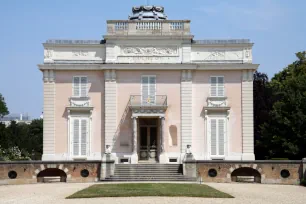
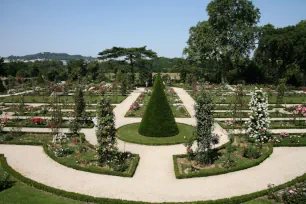
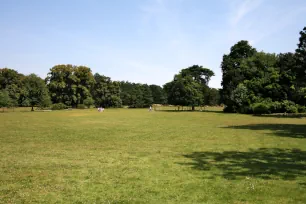
In 1775 the Count of Artois, the later King Charles X, acquired a domain with a hunting lodge in the Bois de Boulogne. The count was a very close friend of Queen Marie-Antoinette, his sister-in-law. In 1777 Marie-Antoinette claimed that it was impossible to build a palace with a park in less than three months, so they made a bet. The Count of Artois appointed architect François-Joseph Bélanger who, together with the Scottish landscape gardener Thomas Blaikie, created a small but elegant palace with a beautiful English style garden in the span of just sixty-four days.
The name of the park, bagatelle, is ironic. Bagatelle means ‘something of little importance or value’ but the cost of creating the park and palace was significant.
The park escaped the French Revolution unscathed, but it wasn’t well maintained until 1835, when the domain was purchased by the English Lord Seymour, Marquess of Hertford. During his and his son’s ownership the garden doubled in size and several new buildings were added including the Orangerie (1865) and the Trianon (1873).
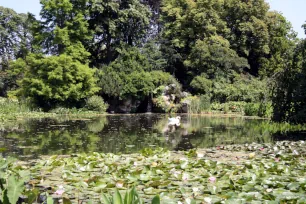
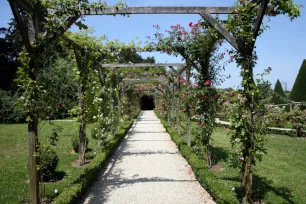
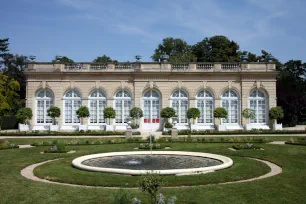
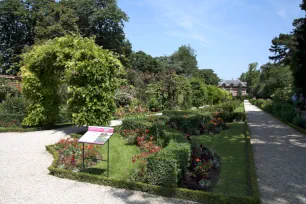
In 1905 the Parc de Bagatelle was purchased by the city of Paris. The city’s landscape architect, Jean-Claude-Nicolas Forestier, created several flower gardens in the park, including the magnificent rose garden.
Sights
After entering the park through the medieval-style entrance on the Route de Sèvres à Neuilly, turn left to arrive at the cour d’honneur (court of honor) where you find the park’s small neoclassical palace, the Château de Bagatelle, and the Trianon, which is often used for art exhibitions.
Around the cour d’honneur stretches the park’s expansive English-style garden, adorned with several follies that were created to embellish the park. Some of the most interesting include a Chinese pagoda, a spiraling ramp with belvedere (look-out) and several artificial caves and cascades. The most romantic part of the English garden is the Bassin aux Nymphéas (Nymph Pond), originally created in 1850-1860 by Louis-Sulpice Varé. Here you find aquatic plants including water lilies and a grotto with a small waterfall. There’s also plenty of waterfowl; you might even encounter a swan here.
The star attraction of the Parc de Bagatelle however is the world-class rose garden at the east end of the park. This prize-winning garden features some 9,000 roses of 1,200 varieties. The Kiosque de l’Impératrice, a Victorian style pavilion, overlooks the garden from atop a small mound. South of the rose garden is an iris garden and to the west you’ll find the orangery, an elegant building where intimate concerts are held during the annual Chopin Festival.
Towards the south of the orangery, near the main entrance, is the Jardin des Présentateurs, created in 1905 to display new varieties of vegetable plants. It is divided into rectangular sections and embellished with a long pergola.
Note that access to the garden is not free of charge during high season.

